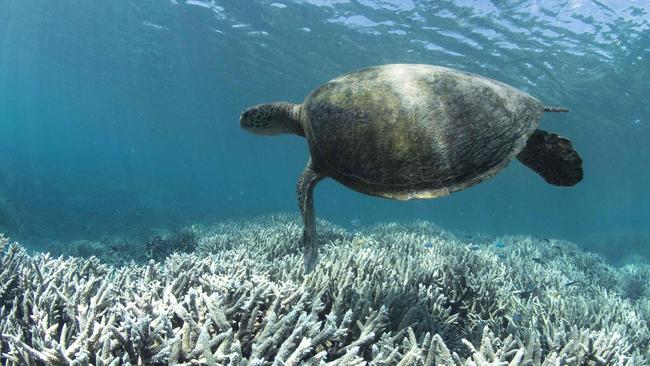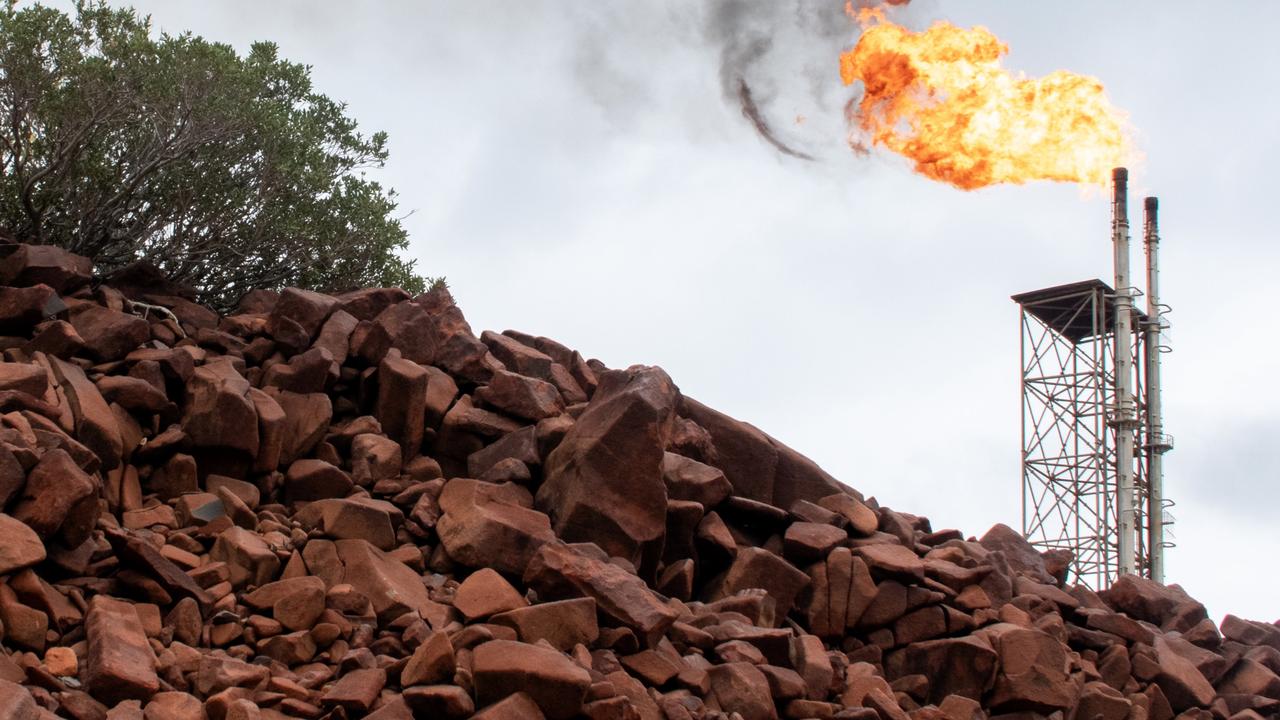Huge coral reef found growing at the mouth of the Amazon River leaves scientists in awe
THE world’s second longest river is home to hidden treasures, a scientific research team has discovered.
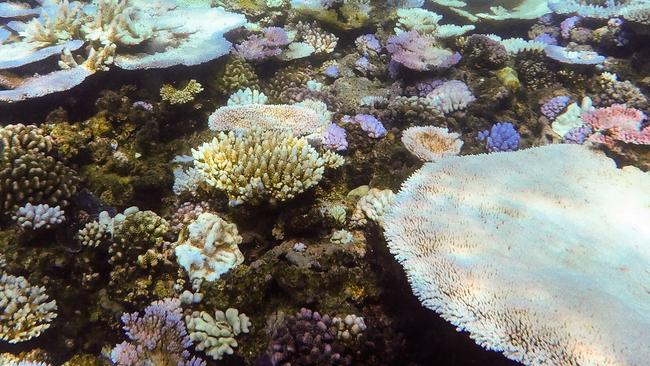
IT’S a diverse ecosystem, teeming with an array of unique wildlife — from electric eels to giant otters, and piranhas — yet the Amazon River hasn’t finished revealing its treasures.
A team of scientists from Brazil and the United States have discovered an extensive 965km coral reef system in the muddy waters at the river’s mouth.
The reef stretches along the edge of the South American continental shelf from French Guiana to Brazil’s Maranhao state, a study published in Science Advances revealed on Friday.
It’s the reef’s location in these muddy waters that makes it unique.
Most coral grows in the clear, sunlit, salt water of the tropics— conditions that are definitely not favourable for the sediment-filled mouth of the Amazon.
Patricia Yager, a professor of oceanography and climate change at the University of Georgia, told The Atlantic she was doubtful when Rodrigo Moura, a senior Brazilian scientist in the group, said there may be a reef in the area.
She said: “I kind of chuckled when Rodrigo first approached me about looking for reefs. I mean, it’s kind of dark, it’s muddy — it’s the Amazon River ... But he pulls out this paper from 1977, saying these researchers had managed to catch a few fish that would indicate reefs are there. He said, ‘Let’s see if we can find these.’”
Prof Yager, in the area to study Amazon River plumes— a condition where a river’s freshwater mixes with ocean’s saltwater— was surprised when their search proved successful.
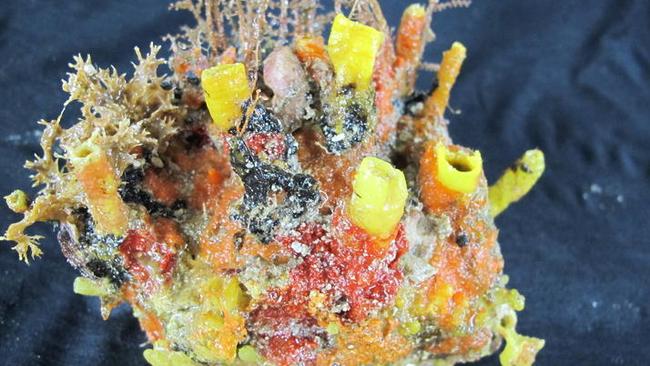
“We brought up the most amazing and colourful animals I had ever seen on an expedition,” Yager said.
Among the haul were 61 sponge species, 73 reef fish species, and various corals and stars.
The diversity of the reef is aided in part by the plume.
“In the far south, it gets more light exposure, so many of the animals are more typical reef corals and things that photosynthesize for food. But as you move north, many of those become less abundant, and the reef transitions to sponges and other reef builders that are likely growing on the food that the river plume delivers. So the two systems are intricately linked,” Yager explained.
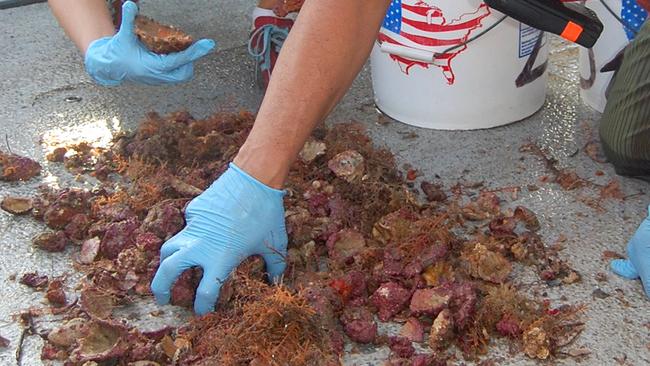
However, almost as soon as news of the system’s discovery spread so too did the fact it’s under threat from multiple factors.
These range “From ocean acidification and ocean warming to plans for offshore oil exploration right on top of these new discoveries, the whole system is at risk from human impacts, ” Yager said.
News of the structure’s future battle comes as the Great Barrier Reef faces its biggest ever threat. More than 93 per cent of the reef now shows signs of bleaching which has prompted a drastic, desperate action from scientists.
Only time will tell whether the reefs will survive, but for now scientists are learning a valuable lesson as to how coral reefs grow in the less-than-optimal conditions that are fast becoming a reality for our oceans.
